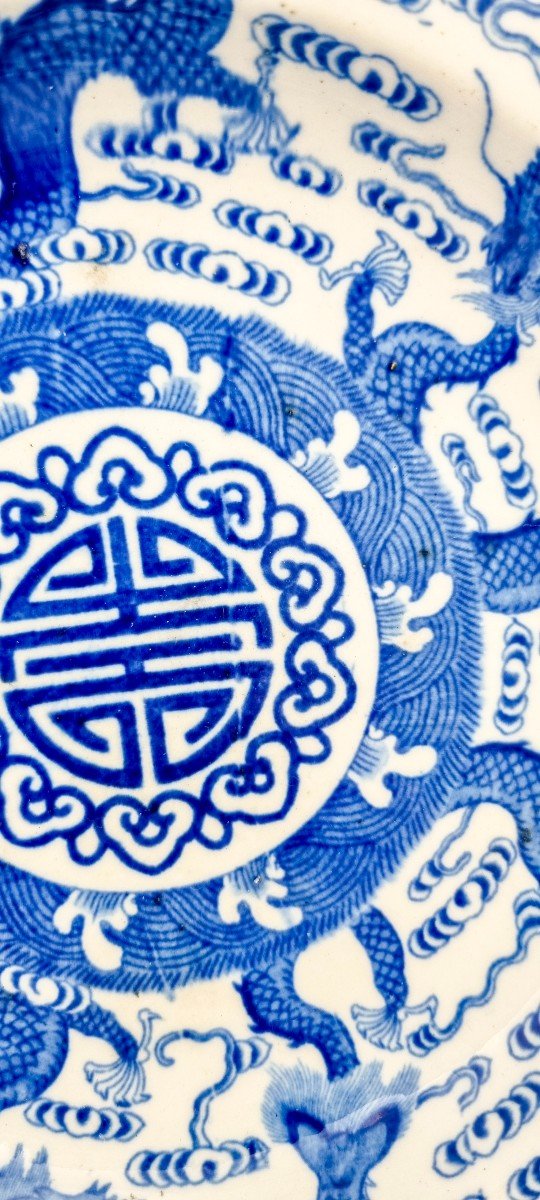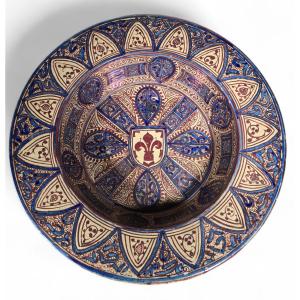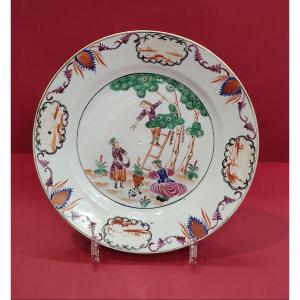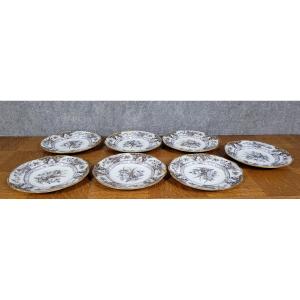Exceedingly rare under-glaze mark to base, also considered as a workman's mark.
Firing pits near the edge on the front – an indication of very early primitive porcelain manufacturing. Evidence of a gilt edge shown along the perimeter of the plate. Rarely seen pattern, if ever.
Cursive “W” mark in blue to base along with “C5” mark in purple.
Made by Worcester, England, c. 1770’s.
545 g
4 cm tall
24.5 cm diameter across the top
12.5 cm diameter across the foot
The First Period of production at Worcester (1751 to 1783), or the Dr Wall period, after one of the original partners, is a distinct collecting area. In contrast to the 19th and 20th century when, as Royal Worcester, many figures and ornamental pieces were made, First Period Worcester is predominantly devoted to functional (if sometimes spectacular) tableware.
The very earliest wares take their decoration from Chinese and Japanese (kakiemon) porcelain and their forms from silver shapes. Coloured enamels also predominate over underglaze blue decoration but demand quickly grew for underglaze blue decorated wares painted in imitation of Chinese originals, especially when a new and more durable body was perfected.
Good antique condition. Some grey speckles and few firing pockmarks to the glaze; wear to the gilt rim; two chips to the foot of the plate.

















































 Le Magazine de PROANTIC
Le Magazine de PROANTIC TRÉSORS Magazine
TRÉSORS Magazine Rivista Artiquariato
Rivista Artiquariato